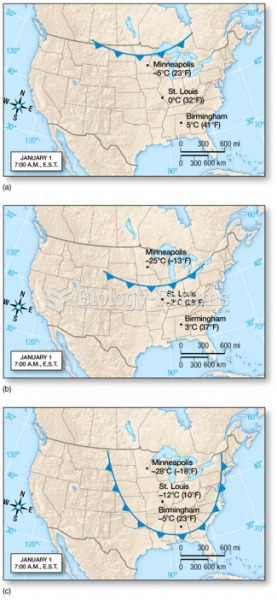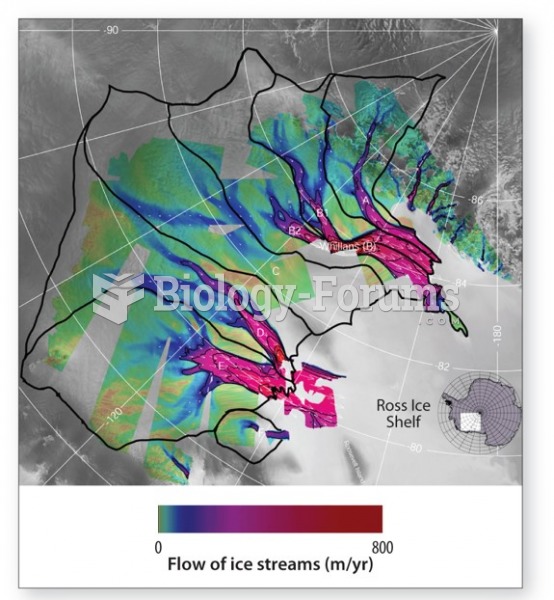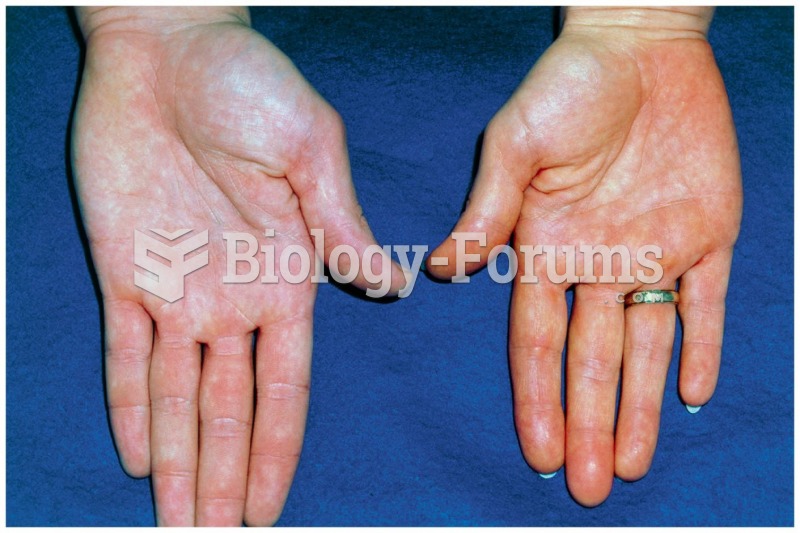|
|
|
Earwax has antimicrobial properties that reduce the viability of bacteria and fungus in the human ear.
The horizontal fraction bar was introduced by the Arabs.
Despite claims by manufacturers, the supplement known as Ginkgo biloba was shown in a study of more than 3,000 participants to be ineffective in reducing development of dementia and Alzheimer’s disease in older people.
Increased intake of vitamin D has been shown to reduce fractures up to 25% in older people.
When Gabriel Fahrenheit invented the first mercury thermometer, he called "zero degrees" the lowest temperature he was able to attain with a mixture of ice and salt. For the upper point of his scale, he used 96°, which he measured as normal human body temperature (we know it to be 98.6° today because of more accurate thermometers).






